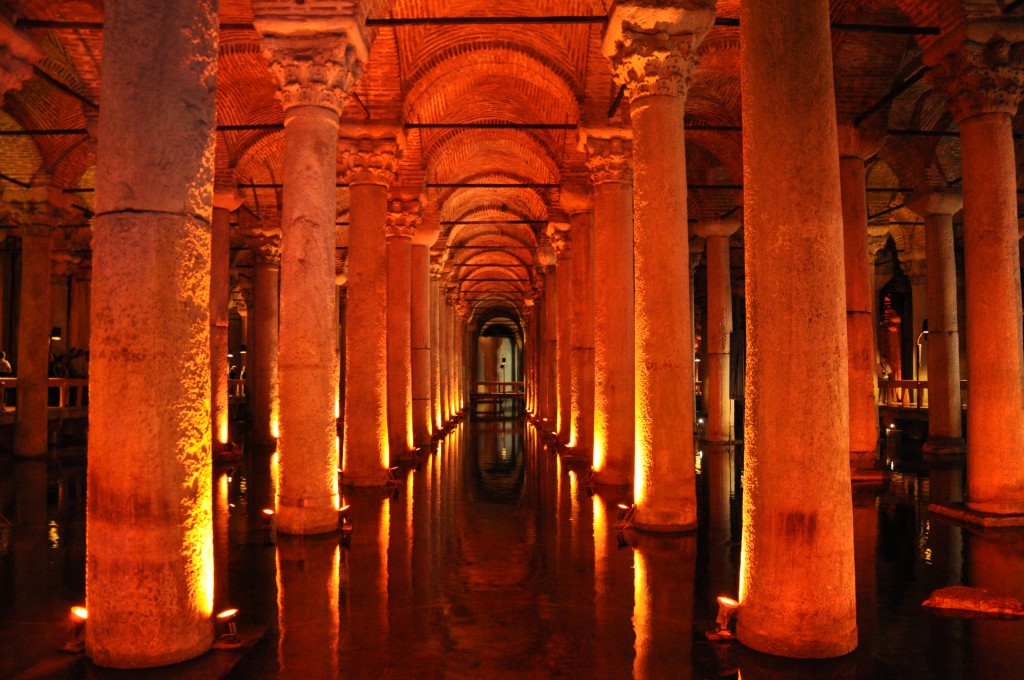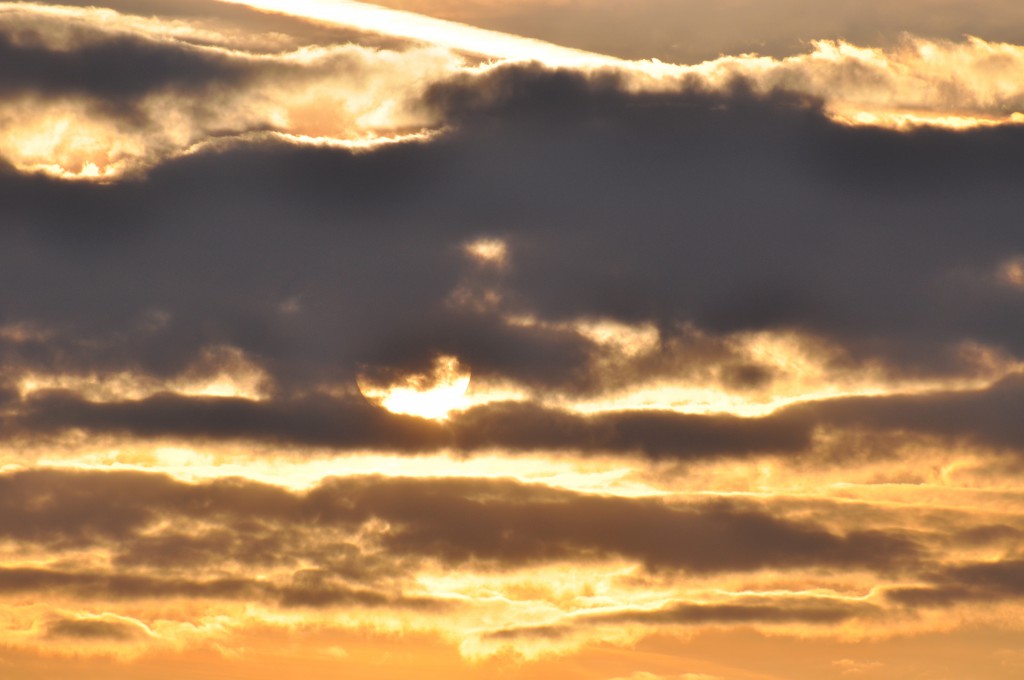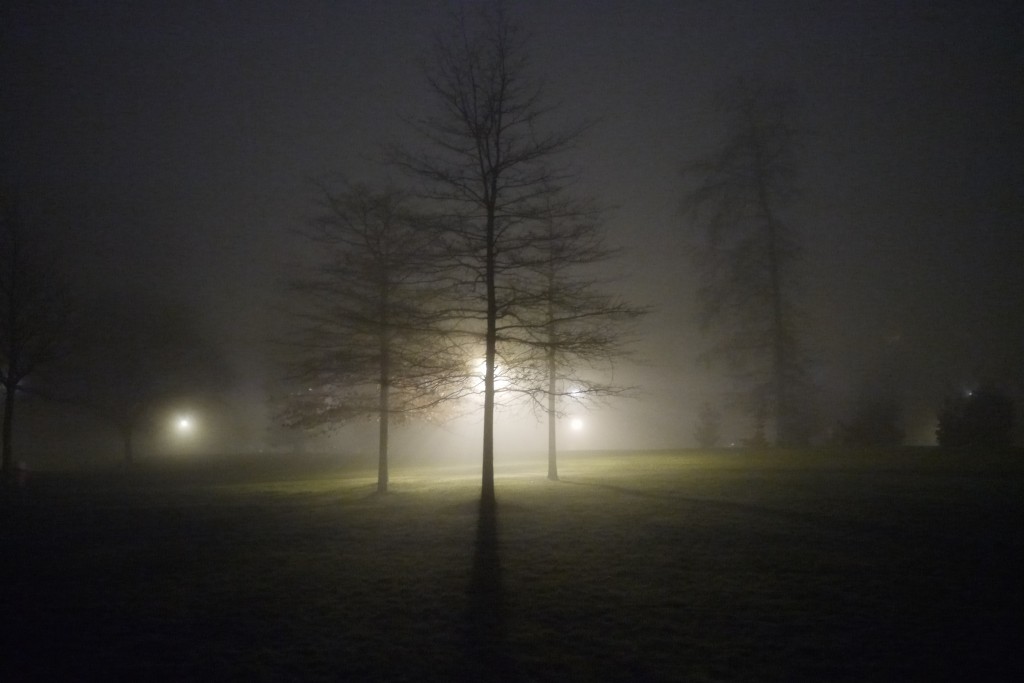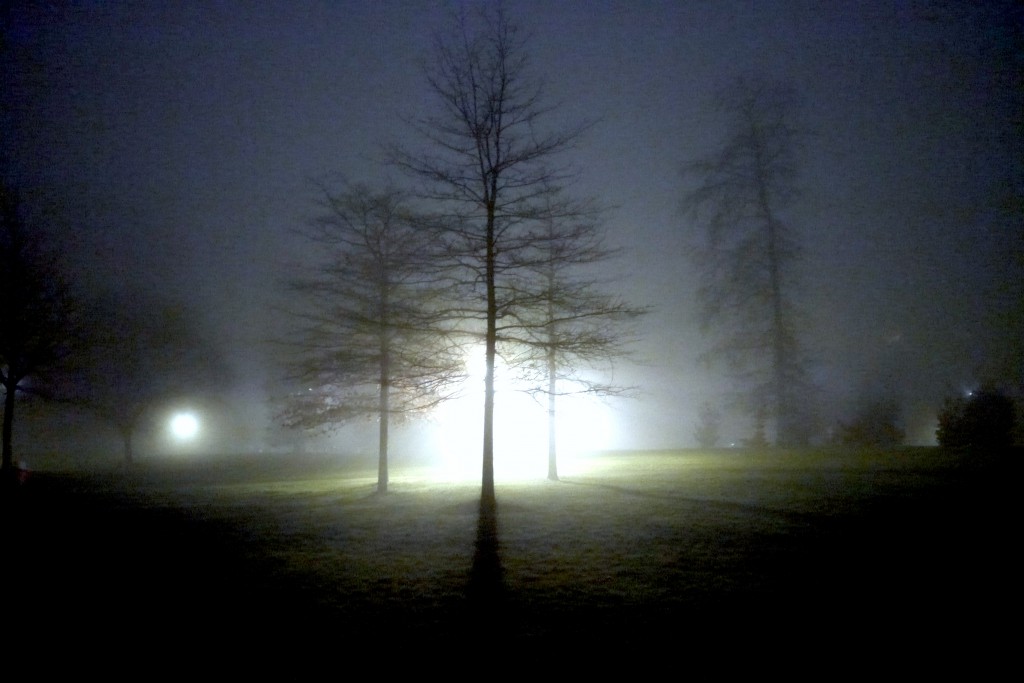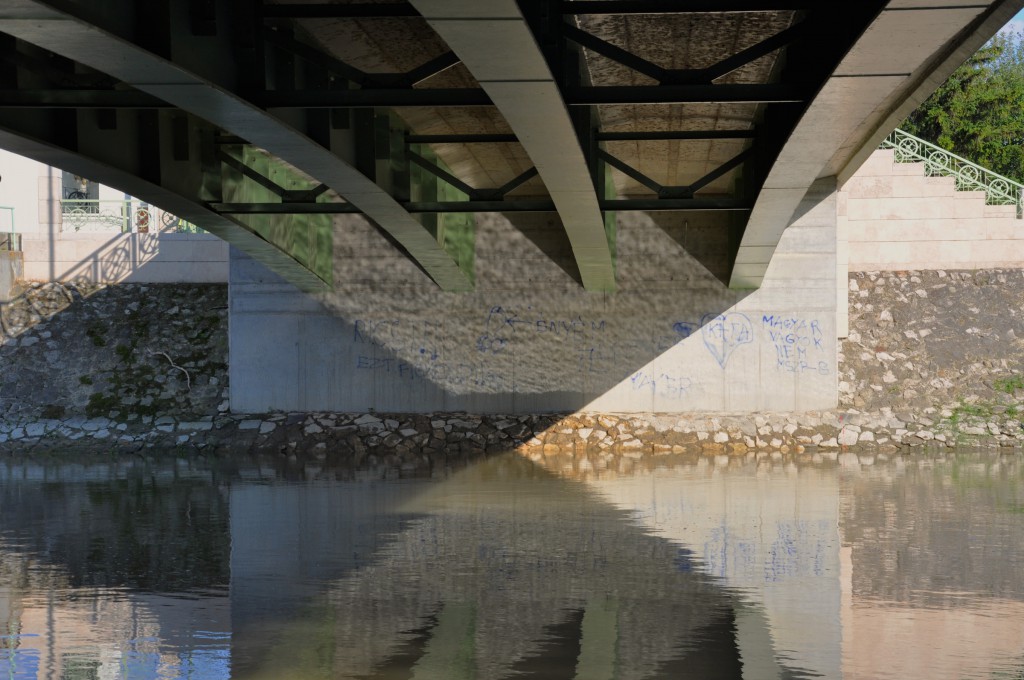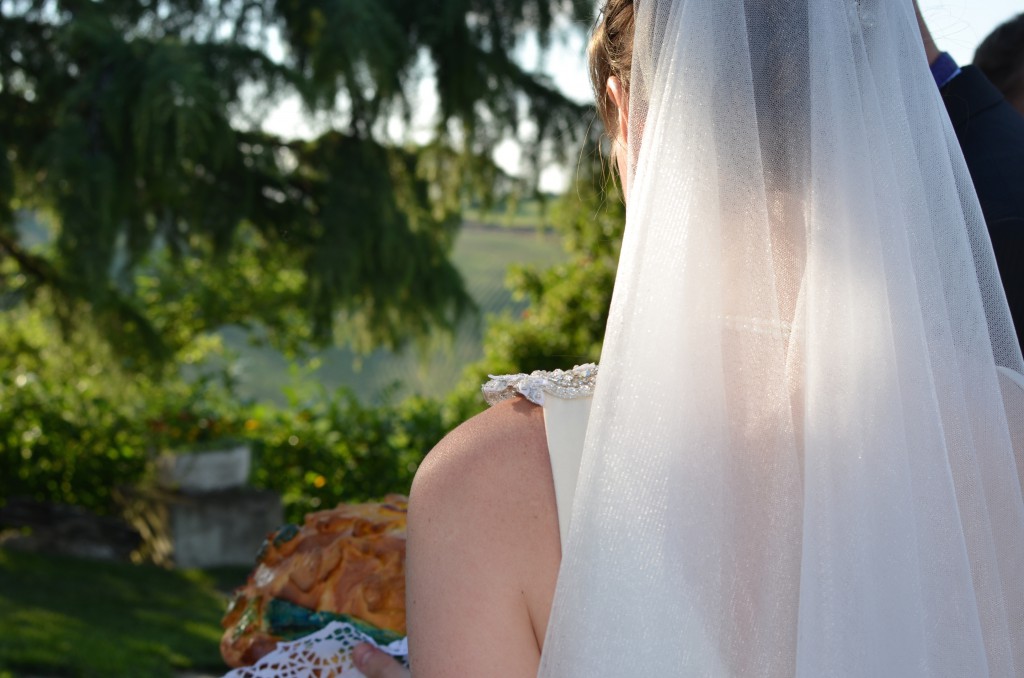So since I’m interested in both photography and writing, I thought I’d do some bits of literary analysis too. I may be making too much of the “bloom,” but don’t let me tell you – let me know if you think it’s overmuch!
As part of a course at university, I taught poetry to high-schoolers. This was one short poem that I helped deconstruct for them. The part before the line break was what I taught them in class; I then encouraged them to analyze the rest of the piece on their own.
This quiet dust was gentlemen and ladies
And lads and girls;
Was laughter and ability and sighing,
And frocks and curls;
This passive place a summer’s nimble mansion,
Where bloom and bees
Fulfilled their oriental circuit,
Then ceased like these.
– Emily Dickinson
So, as with most of Dickinson’s work, the poem is quite short. Unlike some other shorter styles, such as haiku or tanka, the poem is not only descriptively evocative (“frocks and curls”), but also touches directly (rather than obliquely) on larger themes of love, loss, and the “circle of life.”
What I found most arresting was the reversal of the typical “ladies and gentlemen.” What this does is immediately slow down your eye, which tends to skim familiar phrases, without revreting to any special tricks ;-) This slowing down also harkens back to the “quiet” dust (not being quickly swept away or whirling in a breeze), which can also be seen as an allusion to both death – the ultimate silence – and Shakespeare, whose ‘Macbeth’ mentions “dusty death” in his famous soliloquy (n.b., probably the best brief monologue in English). The mention of people juxtaposed against dust/death is not such a stark contrast when you consider that many people believe(d) dust to be primarily composed of human skin cells (which is actually not the case). Regardless, the dust can also be seen as a stand-in for ash, echoing the Catholic “ash to ash, dust to dust” refrain. Or, if you want to be hopeful, stardust, but since this was the 1860’s and not the 1960’s, we’ll stick to the former interpretation. ;-)
All of the above in one line, with a very dense sense of time and space, which the second line then expands greatly upon with the deceptively-simple “And lads and girls;” Here, the structure is the same as the “gentlemen and ladies,” which does two things. Firstly, it reinforces that reverse-order view, but in a more subtle way, which keeps the reader still every-so-slightly off-balanced. However, secondly, and more importantly, the second line now brings in the weighty theme of time, and it does so in two ways. Firstly, the simple mention of the colloquial “lads and girls” immediately brings to mind all childhoods and times of greater innocence. Secondly, and more subtly, the fact that the reverse-order remains reinforces also that the effects of time, and our inevitable march towards dust/death, are the same for everyone, male or female, young or old.
It’s a very casual manner of approaching a very weighty theme, a style that is continued in the subsequent two lines, which mention “laughter,” “singing,” “frocks,” and “curls.” Nothing serious, just the halcyon images of any childhood or loving family, images which set us up for the turn in the second stanza.
As with much of Dickinson’s work, the “turn” here comes with the line break into the final stanza. The language immediately signals a change of both focus and tone, the alliterative “passive place” is quite a hefty phrase, given what came before. You also have much greater specificity with this instance of “this.” In its first use, “this” dust is general in the sense that it applies to all people, and none of the nouns refer to specific people or places; in the second use of “this,” we have a mention of a “passive place,” (personification) as well as “summer’s nimble mansion” – far more specific descriptions than any preceding this line. “Nimble” also contrasts lightly with the “quiet” of the dust, though the place remains what I interpret to be a (passive) recipient of dust – not necessarily its bustling originator.
“Where bloom and bees” is an interesting turn of phrase. One could take “bloom” to refer to all the flowers that bloom, though “blooms” could also be seen as more appropriate, assuming there are multiple types of flowers in the garden (with different periods of blooming). Not being a linguistics expert, I don’t know if “bloom” has changed shades of meaning/usage through the years, but I will take it as referring to the general bloom of the flowers (like an algal bloom). So it’s interesting that bloom remains singular, but bees is plural. So “the bloom and the bees” “fulfilled their Oriental circuit” – a phrase that’s strikingly similar to “the birds and the bees.” Of course, Oriental had quite a different connotation then, and is rarely used now, so I won’t dwell on it too much, except to note that flowers “orient” themselves towards the source of light, so it’s a well-chosen term in this context.
The final line brings the final somber turn, and quite a bit of ambiguity for a Dickinson poem to end on. Firstly, there is a juxtaposition between the idea of a circuit, calling to mind the unceasing rotations of the Earth around the Sun, with the morbid tone of the final line. Secondly, “these” what? Circuitously, the final “these” appears to refer back to the initial “dust,” though I am not sure that “these dust” is (or was) grammatically correct. It’s an intriguingly ambiguous note on which to end, but it does draw in the final grand sweep of everything the poem has directly mentioned or implied. It’s definitely an ending chosen by a mature, confident writer, for whom there is more than a little bit of teasing in ending on a rhyme that sticks in your mind and leaves you wanting just a bit more …
